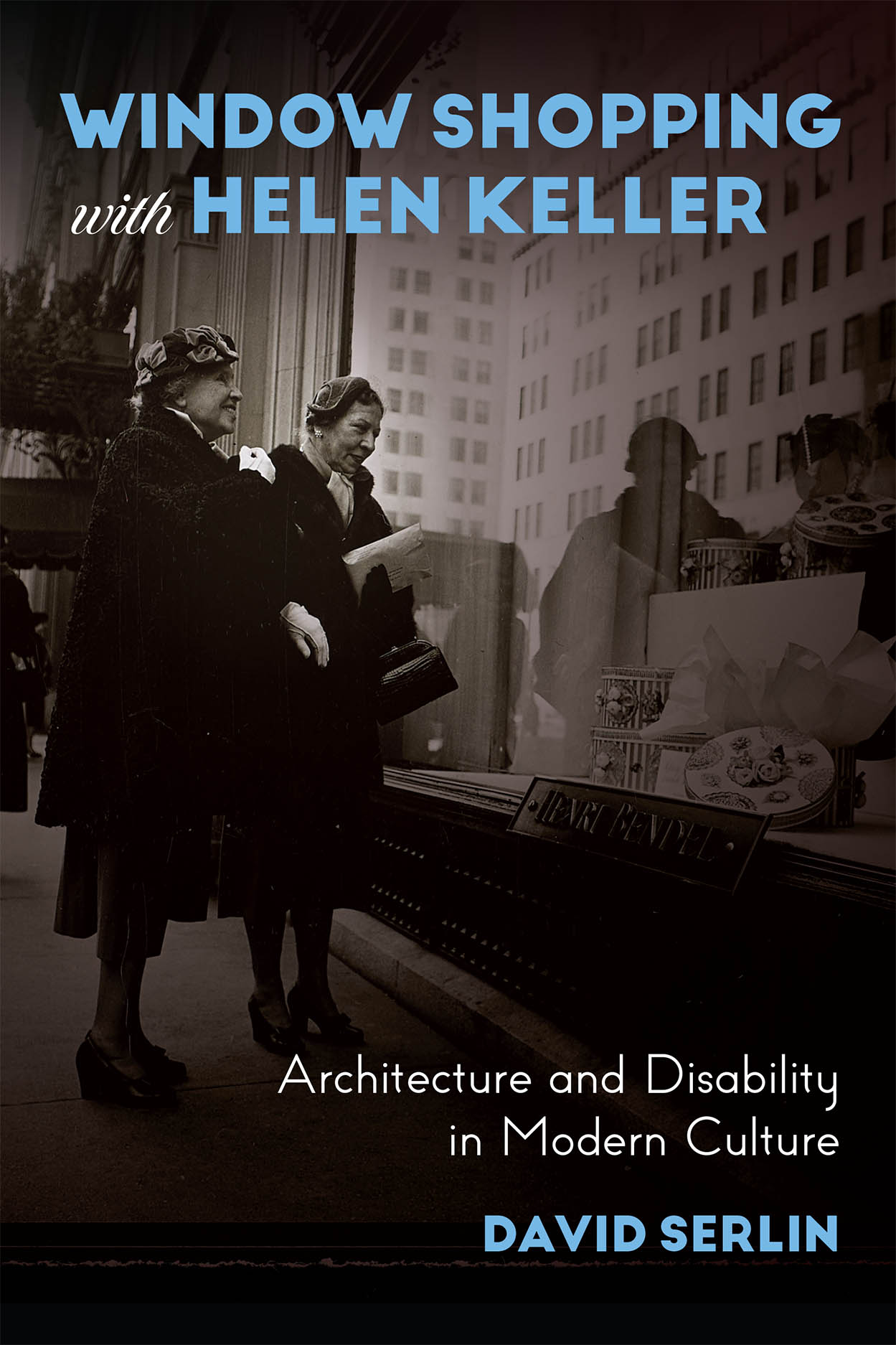Oak Lane was a progressive experimental school outside Philadelphia; John Dewey served on the board, and Noam Chomsky was a toddler student. Lescaze was tasked with designing the nursery-kindergarten building and its classroom furniture. He scaled everything to child size, including the stair treads, and used cork flooring to soften falls. With its flat roof and metal-mullioned windows, Lescaze’s design is credited as the first incarnation of the International Style on U.S. soil. The difference between Lescaze’s design and Oak Lane’s older grade school was as stark as the difference between an electric refrigerator and a wood-and-brass ice box.
Over the decades, the praise bestowed upon Lescaze’s Oak Lane project, as well as that of Richard Neutra’s Corona School (1935) and Eero Saarinen’s Crow Island School (1940), has had the unfortunate effect of drawing attention away from other pedagogical institutions built in the same era, that are equally deserving of attention, and in some ways more innovative. One building long neglected by historians is the Washington Boulevard Orthopaedic School in Los Angeles (1936), designed by William F. Ruck. Unlike Oak Lane, the Washington Boulevard School was not a small, experimental anomaly, but a large public school for children with physical impairments, who attended from all across the city.
Ruck’s long, single-story structure echoed streamlined effects he’d used for mansions, designed for private clients in Bel Air and Beverly Hills. The Washington Boulevard School included up-to-date ventilation systems and designated rest areas where fatigued students could lie down on cots in cool, soothing darkness. Photographs and blueprints reproduced in a 1937 issue of Architectural Record show that the building’s minimalist entrance was directly adjacent to individual lanes, separated by railings, which guided students to and from their mode of transportation and the school’s entrance.
The school featured several lanes, such that students could queue depending on their assistive technology, i.e. kids on crutches lined up for the bus behind other kids on crutches. The classrooms’ spare furnishings — a photo shows just a few chairs and one small table, piled high with books and art supplies — gave students greater freedom of movement and made space for social play. Even a generation earlier, the same children who attended the Washington Boulevard School as day students would have boarded at a residential school or been isolated at home.
